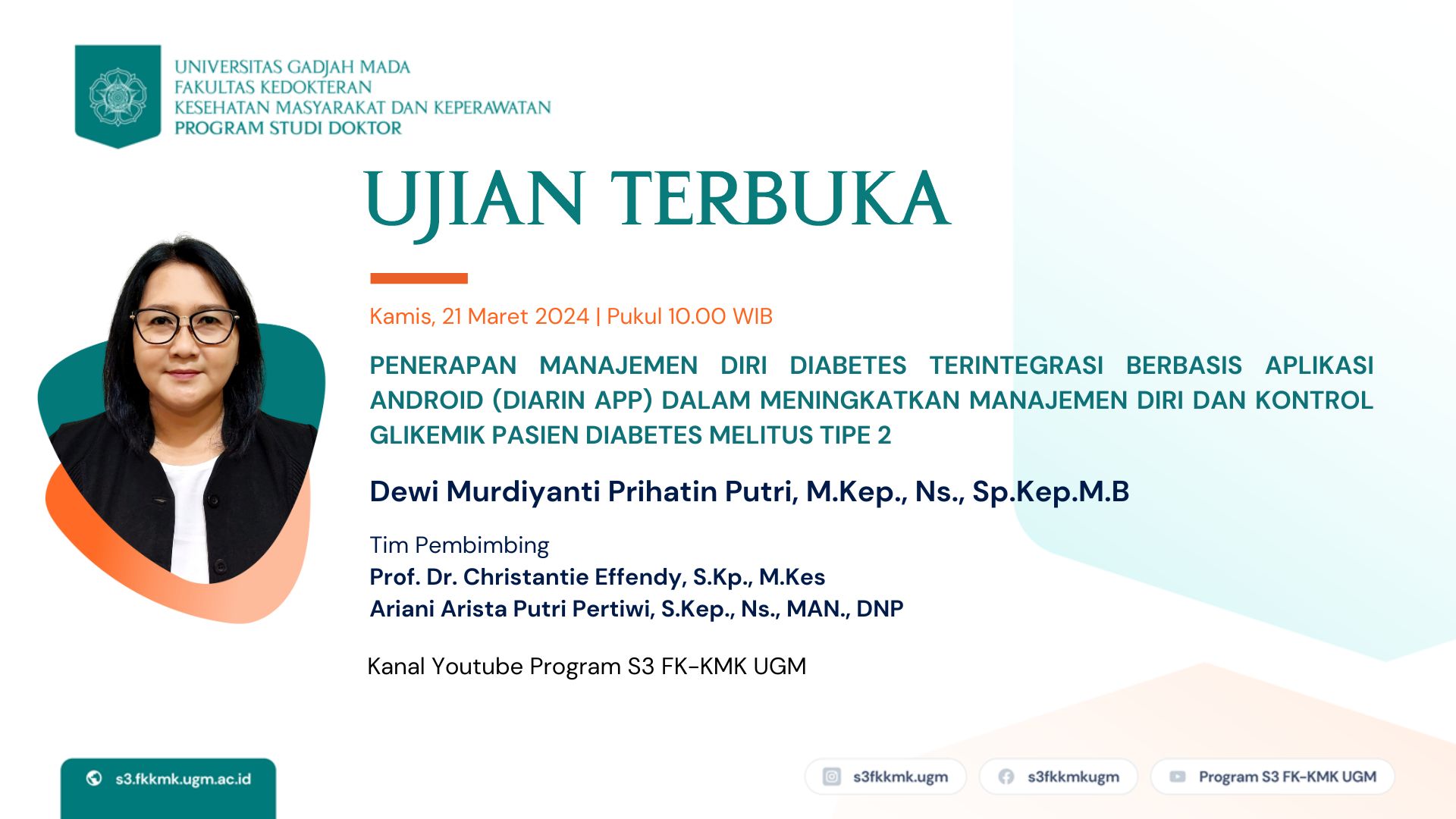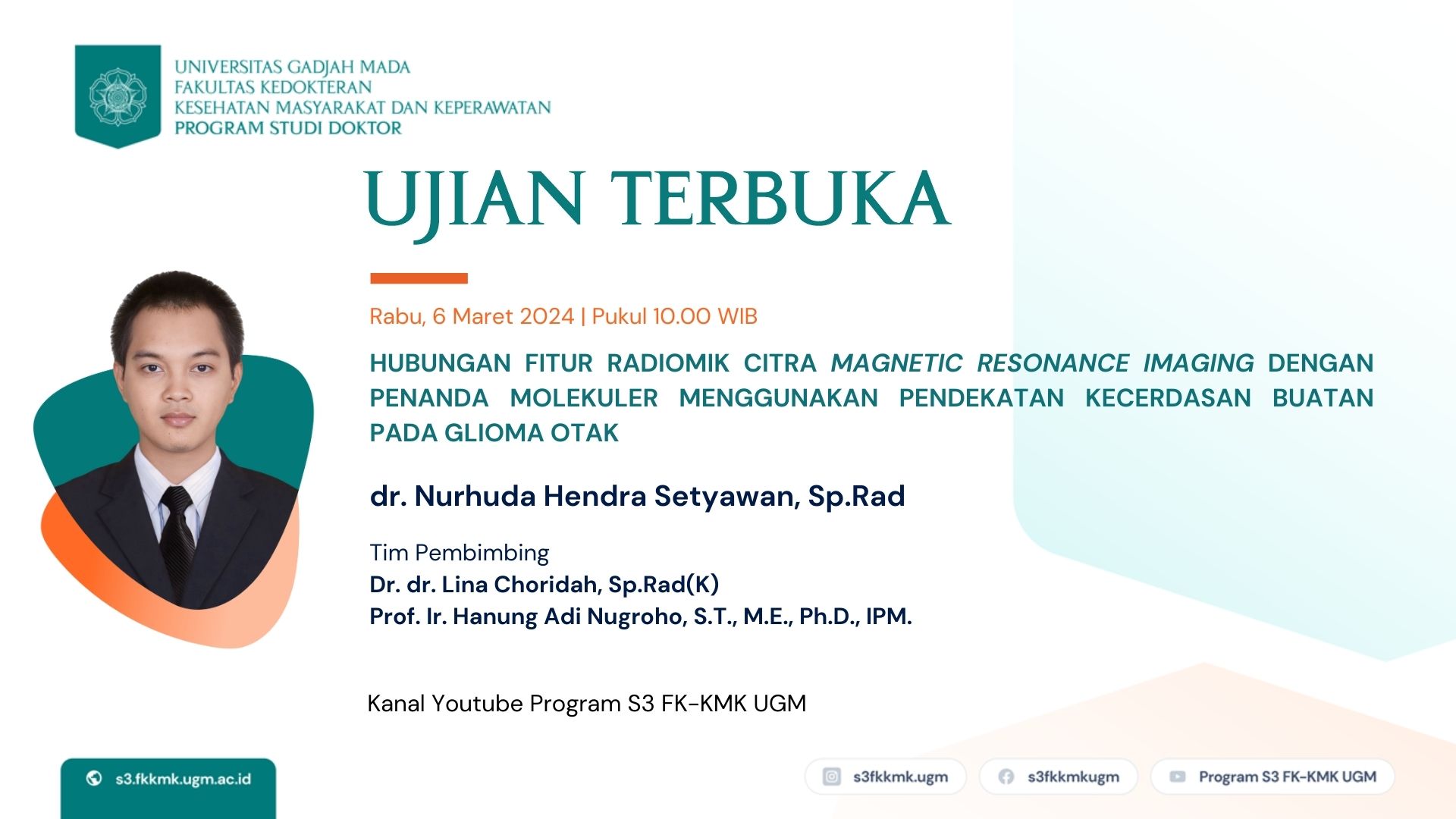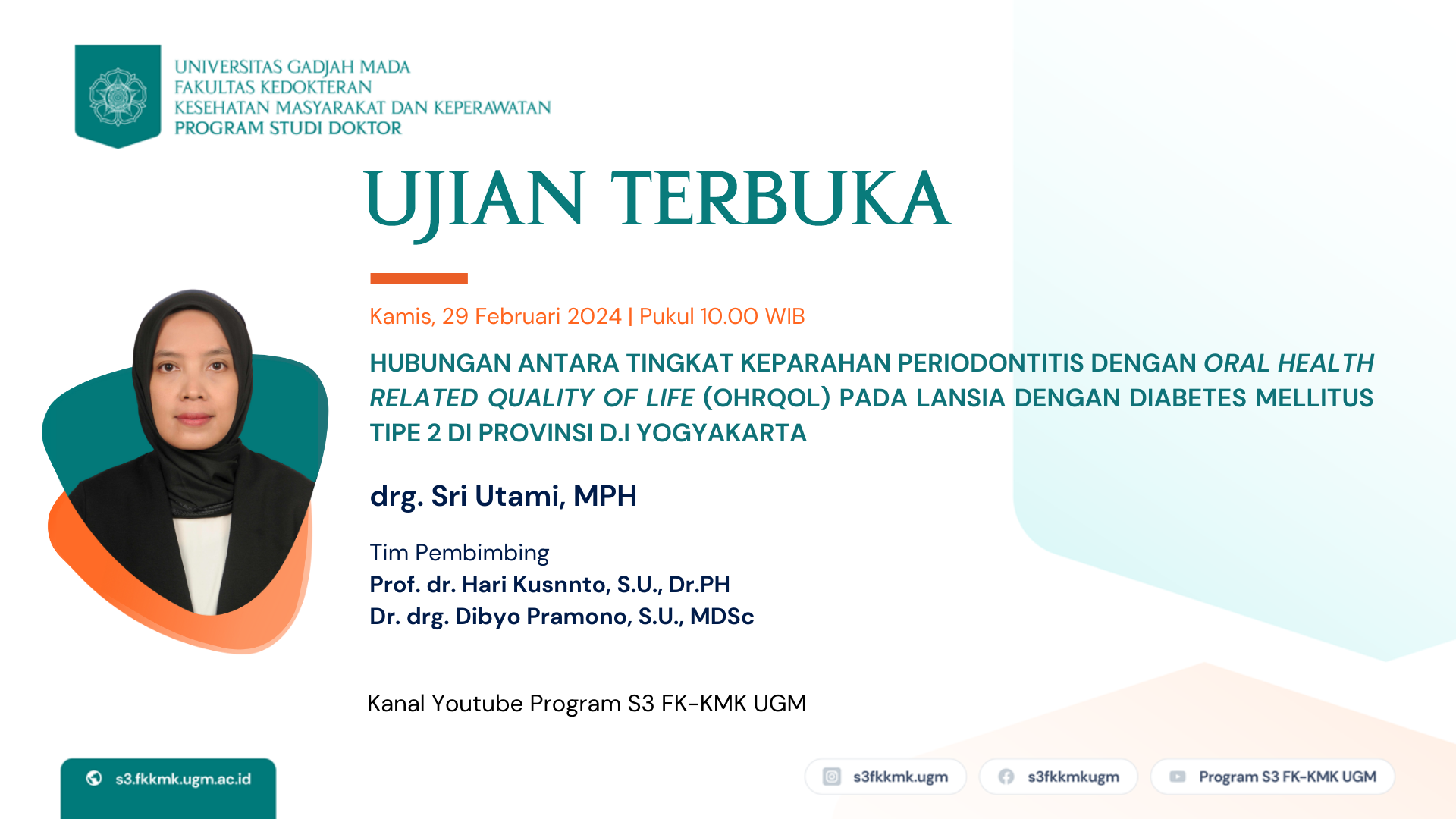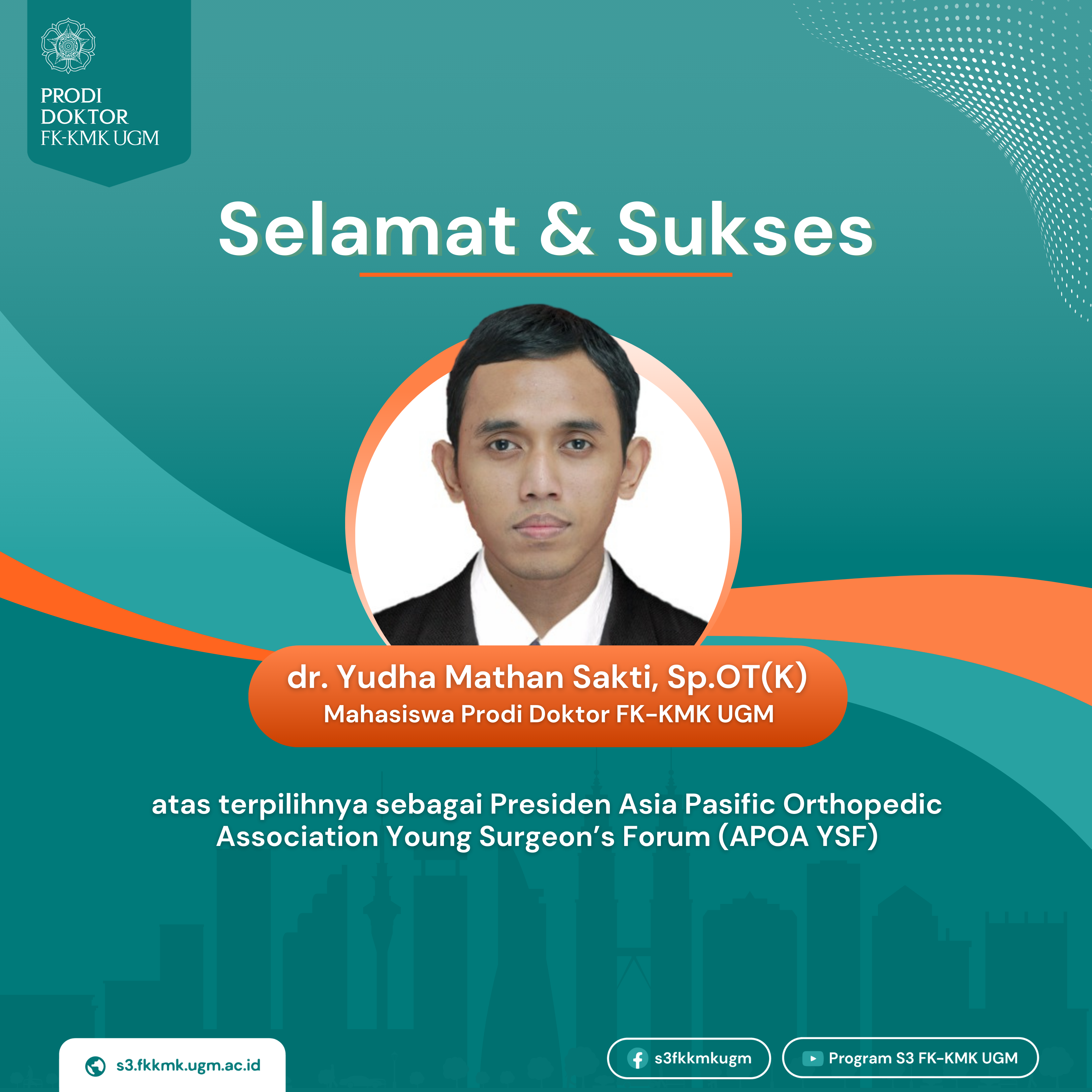Astuti Prodjohardjono, Amelia Nur Vidyanti, Noor Alia Susianti, Sudarmanta, Sri Sutarni, Ismail Setyopranoto
Background
Serum vascular endothelial growth factor (VEGF) and infarct volume detected by brain imaging have been associated with stroke outcome. However, the relationship of these two variables with post-stroke cognitive impairment (PSCI) remains unclear. We aimed to investigate the association between acute serum VEGF levels and infarct volume with PSCI in ischemic stroke patients.
Methods
Fifty-six first-ever ischemic stroke patients who were hospitalized in Dr. Sardjito General Hospital Yogyakarta, Indonesia were prospectively recruited. Serum VEGF level was taken on day 5 of stroke onset and measured by ELISA. Infarct volume was calculated manually from head CT scan by expert radiologist. PSCI was assessed after 3 months follow up by using Montreal Cognitive Assessment-Indonesian version (MoCA-INA). We performed a ROC curve analysis to determine the cut-off point of VEGF level and infarct volume. Multivariate logistic regression analysis was performed to measure the contribution of VEGF level and infarct volume to PSCI after controlling covariates (demographic and clinical data).
Results
The mean age of PSCI and non-PSCI patients was 61.63% ± 8.47 years and 58.67% ± 9.01 years, respectively (p = 0.221). No differences observed for vascular risk factors, infarct location, and NIHSS in both groups. Multivariate logistic regression showed that patients with higher VEGF level alone (≥519.8 pg/ml) were 4.99 times more likely to have PSCI than those with lower VEGF level (OR = 4.99, 95% CI = 1.01–24.7, p = 0.048). In addition, patients with larger infarct volume alone (≥0.054 ml) were also more frequently associated with PSCI (OR = 7.71, 95% CI = 1.39–42.91, p = 0.019).
Conclusions
Acute ischemic stroke patients with higher serum VEGF level (≥519.8 pg/ml) and larger infarct volume (≥0.054 ml) were more likely to have PSCI 3 months after stroke. These findings may contribute to predict PSCI earlier and thus better prevention strategy could be made.
Selengkapnya:
https://journals.plos.org/plosone/article?id=10.1371/journal.pone.0239370












